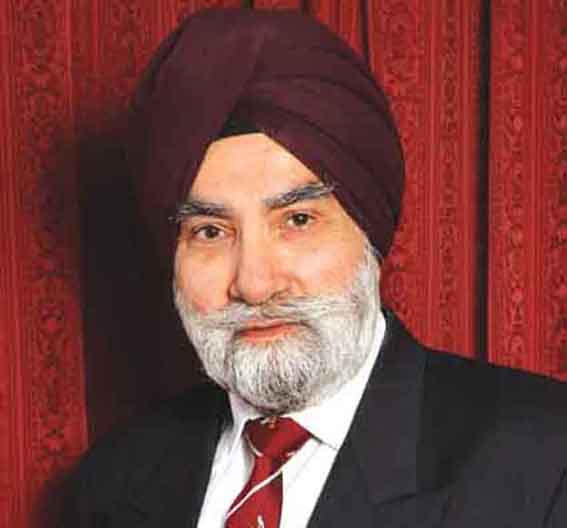President Trump, Tariffs and Trade War

Tariffs are the taxes we pay on goods at the point of entry in the importing country. That means that those goods which include imported materials and components etc cost more than locally produced goods and materials. There is no country in the world which is not affected by tariffs, the main barrier to free trade between nations.
Governments imposing high tariffs hope that people would buy fewer goods imported from other countries. However, a point often missed some times is that, in the first instance, tariffs are paid by their own companies importing the goods and not by the companies in foreign countries. Naturally, people will continue to buy foreign goods even at higher prices if these are not produced locally or due to fashion and fad.
So, tariffs aim to protect domestic manufacturers by making locally made goods cheaper. Tariffs do harm to foreign countries also because their products cost more and reduce their market share. This leads to cutting prices and less profits for exporting companies from foreign countries. In poorer exporting countries, this can mean lower wages for local labour. So, all this interdependence means that tariffs imposed on imported goods are not good for all concerned. Generally, tariffs slow down international trade and create an uneven global-trade field.
Everyone gets poorer and the poorer countries suffer even more as the terms of trade are usually not in their favour when they deal with rich countries. (As I write above, I am reminded of own experience in this area in 1987-88 working on the global Tariff Harmonized System at First Secretary (Trade) level at Geneva, in preparation for the Uruguay World Trade Round. Regrettably, much achieved for developing countries in the Trade Rounds which started in 1947, can be undone by the current trend.)
President Trump proposes to use tariffs as a negotiating tool for enforcing US foreign policy. To start with, he has announced 25% tariff on Mexico and Canada and 10% on China. He has mentioned other countries including the EU and the UK. The countries named by Trump have announced counter tariffs of their own in retaliation. China believes that the US action violates World Trade Organisation (WTO) rules, and intends to take the case before the WTO.
The impression given is that Trump intends to start a global trade war hoping to regain US top position in the world. That is not good news for world economy and employment. He also believes that higher tariffs will reduce illegal migration and the smuggling of the synthetic opioid fentanyl to the US.
The biggest surprise is his treatment of Canada and his threat to also raise tariffs for Western democracies including the EU and the UK. Canada is of great economic and strategic importance for the US and is an ally with much shared history. Obstruction to trade flow will do much damage to both countries. The position of China is more complex and things may not work out as expected by Trump.
Global trade war will lead to more bi-lateral trade deals which are not good for developing countries. It can be to the advantage of China in the long run. China is technically advanced, has a huge population (home market) and its trade tentacles spread everywhere. Much to the satisfaction of China, high tariffs imposed by the US can cause divisions between the US and its western allies and provoke high tariffs in retaliation.
Let us hope trade sense prevails.
Gurmukh Singh OBE
E-mail: sewauk2005@yahoo.co.uk
For Sikh ideology articles: https://www.sikhmissionarysociety.org/